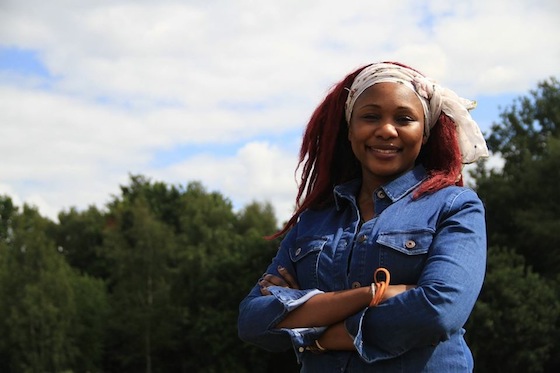Revolutionising Water Supply for African Community
Published on by Water Network Research, Official research team of The Water Network in Academic
A self-regulated community, Makoko polices and looks after itself. Miriam Madziga, a researcher at De Montfort University Leicester (DMU) looking into environmental engineering technologies, is in the process of testing a new system which could be a huge lifeline to the Makoko population
Perched on the outskirts of Lagos, Nigeria’s biggest city, lies an unplanned slum settlement of approximately 250,000 people, writes Jack Brooke-Battersby.
Detached from Government support, local amenities and infrastructure, this population - The Makoko community - continues to thrive independently and fend for itself. 
Ironically dubbed the “Venice of Africa”, the Makoko community largely exists on stilted housing structures, complex waterways and a minefield of bustling canoes situated upon a
heavily contaminated lagoon, which opens up into the Atlantic Ocean.
With no waste, sewage and drainage systems, there is a high case of water borne diseases, infections and infant mortality.
Water is at the crux of it all, but one sip from the lagoon may very well be detrimental to one’s health.
A self-regulated community, Makoko polices and looks after itself. Miriam Madziga, a researcher at De Montfort University Leicester (DMU) looking into environmental engineering technologies, is in the process of testing a new system which could be a huge lifeline to the Makoko population, and possibly to millions of others around the world.
Miriam has developed a unit that extracts water from the air. It is made from recycled components taken from discarded items such as refrigerators and is powered by renewable energy sources, primarily solar power.
“I’m experimenting with a technology which has proven to produce water consistently, depending on humidity levels,” Miriam said.
“My plan is to go out there to Makoko with questionnaires to get their point of view on the technology and to see if it would be the most applicable to their environment.
“It will be configured to use renewable energy sources and is expected to be a cheaper water supply solution.
“It works using a condensation system from old refrigeration systems with air and a uv (ultraviolet) filter. I’ve assembled them together for testing”
Existing systems that extract water from air are expensive, rare, and powered by electricity. Given the characteristics of the Makoko community on Lagos Lagoon, electricity supply is inaccessible.
Miriam has a background in waste and environment management, so water supply is a topic she has become familiar with over the years.
Source: DMU
Read More Related Content On This Topic - Click Here
Media
Taxonomy
- Research
- Water Supply
- Solutions